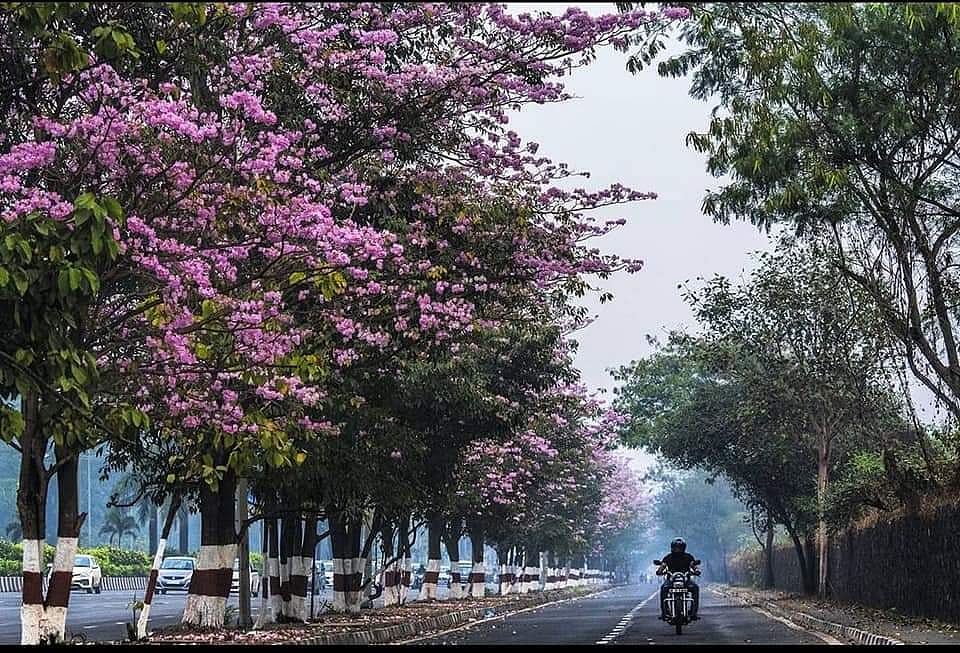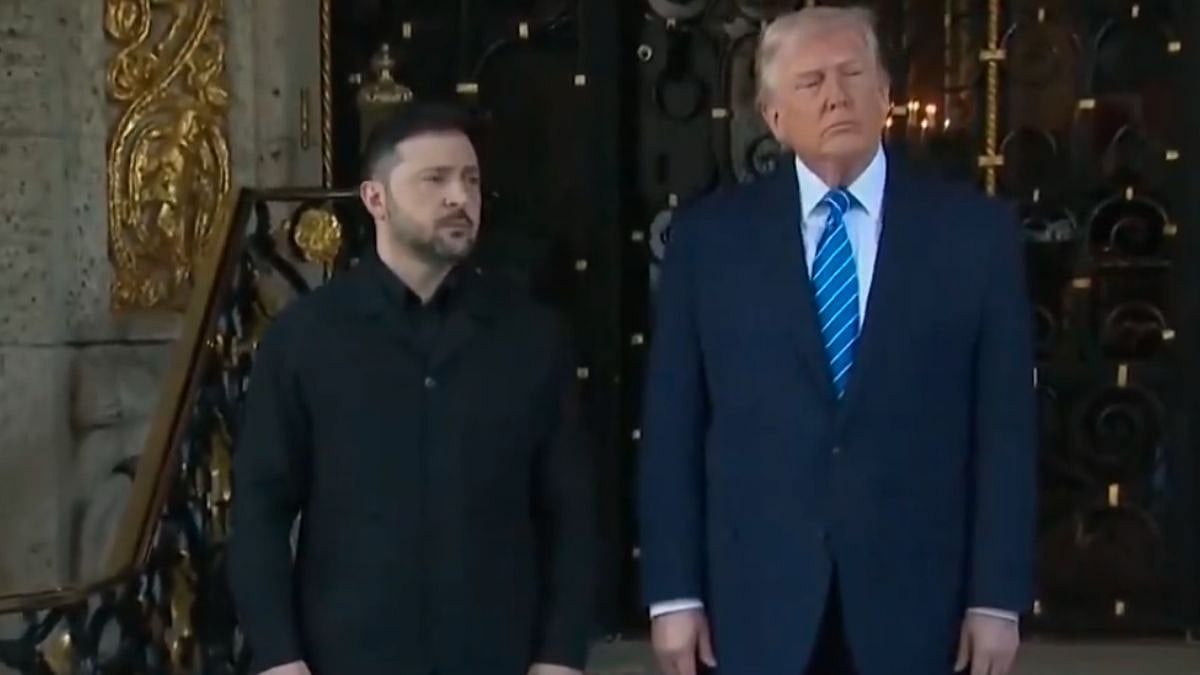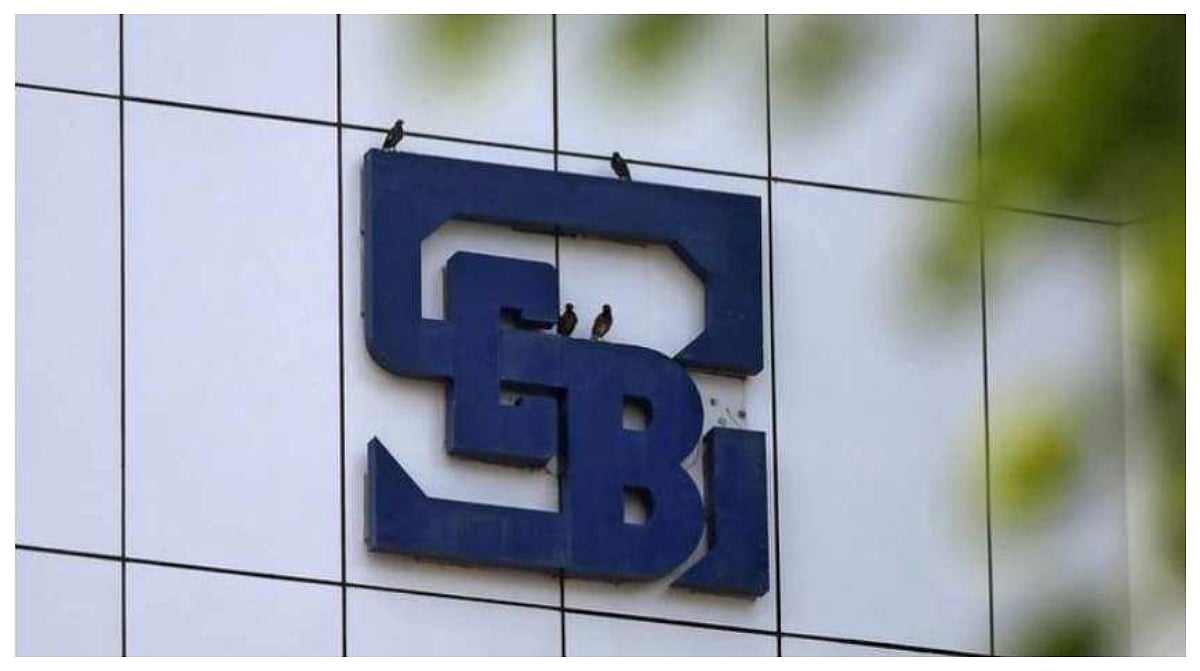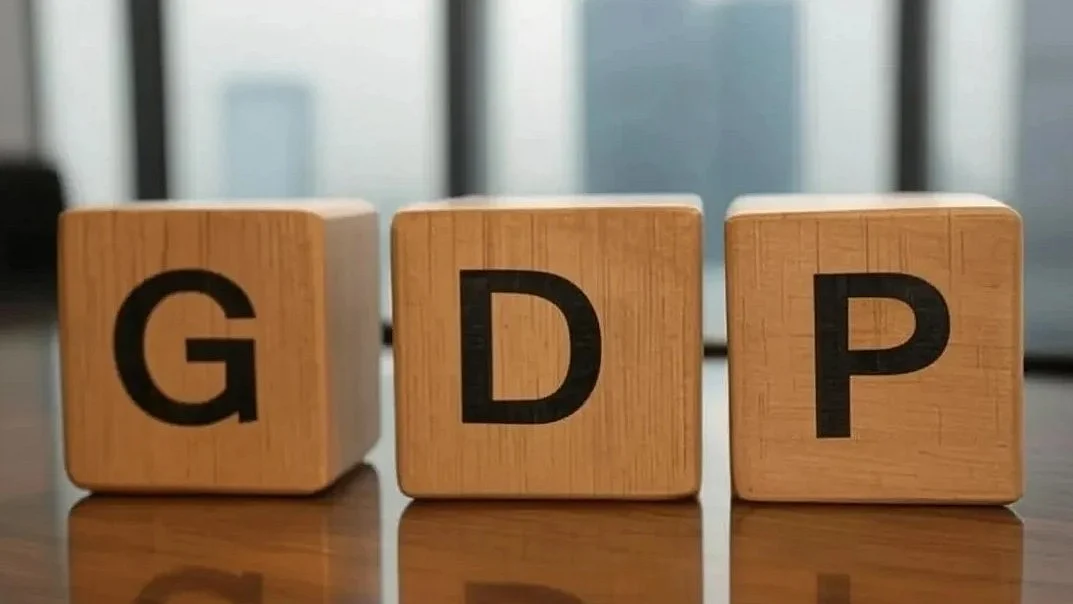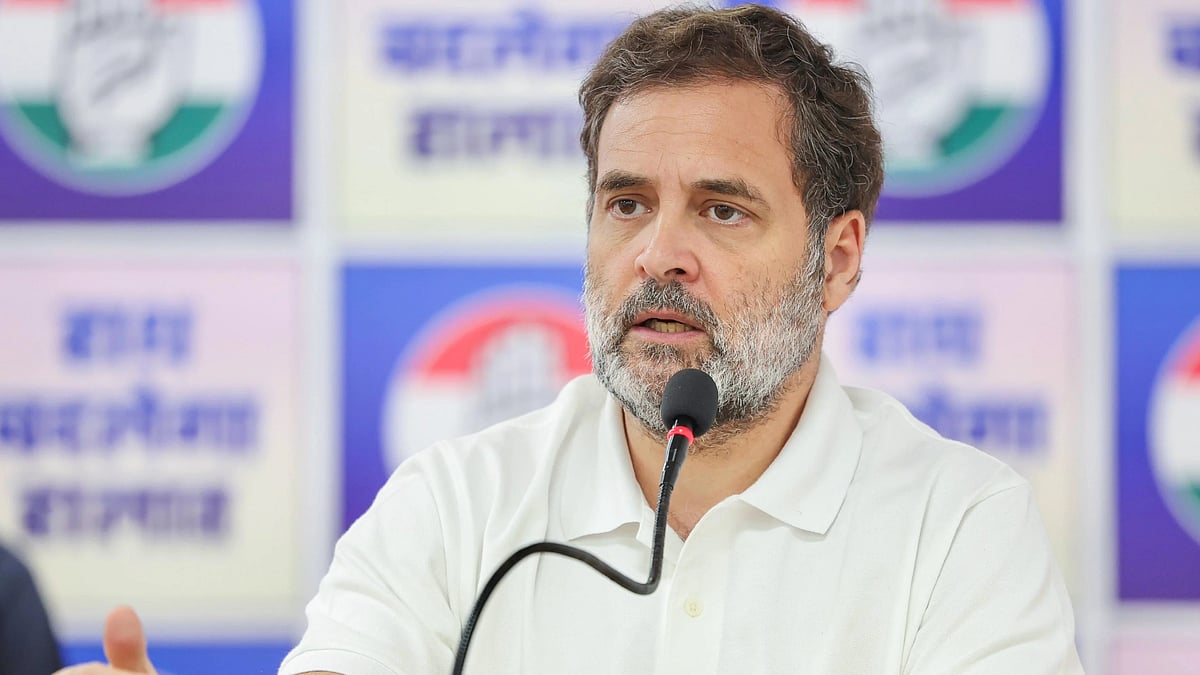At the beginning of every year, Mumbai goes gaga over the magical rosy hue along the Eastern Express Highway at Vikhroli, thanks to a row of Pink Trumpet trees.
When the bloom ends, so does the euphoria and any interest it has evoked in flowering trees or for that matter, in trees themselves. As a result, it has gone unnoticed that Mumbai is facing a biodiversity crisis because of its choice of avenue trees.
When the city was expanding rapidly in the 80s, the BMC opted for the non-native Peltophorum, the Gulmohar and the Rain tree over native Indian flowering trees because they grow fast and their saplings have a good survival rate.
The Peltophorum from southeast Asia, with its golden yellow flowers, and the flaming red Gulmohar from Madagascar do add a splash of colour in the summer, with the Rain tree, native to South America, providing a canopy but for the rest of the year they are positively ugly. In fact, the preponderance of these trees gives the city the drab look of industrial greenery.
Local flowering trees
People have even forgotten what other flowering trees look like. How many, for instance, can identify the Pride-of-India (Lagerstroemia speciosa), Palash (Butea monosperma), also known as Flame of the Forest, the evergreen Bakul (Mimusops elengi) with fragrant flowers and the Karanj (Millettia pinnata), with its white and purple flowers.
The delicate violet flower of the Pride-of-India ('Tamhan' in Marathi) is the state flower of Maharashtra but how many such trees do you see at Mantralaya or at the Vidhan Sabha, or even in parks and posh housing complexes?
By the way, the state tree of Maharashtra is the Sonneratia alba, or the mangrove apple, ironic when the state is blind to the rampant destruction of mangroves by encroachers.
Tree-hackers
All this, coupled with our own disconnect with nature, has subconsciously led us to devalue trees and think of them as disposable 'jhaad-jhankaad'. Housing societies don’t think twice before hacking trees because bird droppings mess up cars or because people have an irrational fear of bats, which sometimes roost in the bigger trees.
If there is a tree blocking a hoarding it is sure to be axed or poisoned, as was the case with an entire row of Rain trees lining the road to Vashi railway station. In the nineties, a hoarding firm in Mumbai even got a court order restraining the growth of a tree in Prabhadevi.
Even civic authorities have become so callous that some years ago, a tree-lover in Navi Mumbai had to get a court order to uproot paver blocks suffocating the stems of avenue trees.
A decade-and-a-half ago, the Shiv Sena, which rules the BMC, proposed the hacking of several century-old trees in the Byculla zoo to build a viewing gallery-cum-cafeteria. Mercifully, the proposal was dropped.
Three years ago, landmark trees in South Mumbai were hacked and pulled out in a shamefully primitive way for the new age transport solution, the Metro. And the cynical ploy to cut more than 2,000 fully-grown trees overnight at the Aarey mini forest for a Metro car shed is now a deplorable chapter in the city’s history.
Only in name
Who can then force builders to retain or transplant trees, although they sell their concrete creations as Whispering Palms, Nilgiri Gardens, Gulmohar Park, Edenwoods, Meadows…
Lanes and localities named after native trees still exist in Mumbai but the trees themselves have vanished. For instance, there is not a single Laburnum (Amaltas) tree on Girgaum’s Laburnum Road, home to Mani Bhavan, where Mahatma Gandhi stayed when in town.
And where is the effort by the BMC to create distinctive avenues with Indian flowering trees? Dr Ashok Kothari of the Bombay Natural History Society (BNHS), who has created a Bakul avenue at SNDT Women's University at Santacruz, says there was a time when the first thing Britishers did on disembarking was to go on a tree tour of Mumbai in an open buggy.
No transplant mechanism
Where is the effort to institute Best Tree/Avenue awards in every ward? With tree tax adding to its humongous budget, why can't Mumbai get a specialised machine to excavate trees for transplantation with their main root intact? Why can’t the richest municipal corporation in India get jet sprays to clean the trees of the dust and the grime?
Coming back to non-native or exotic trees versus native Indian trees, arborist Avinash Kubal says, “Today, the exotic trees outnumber the native ones and this is leading to a serious ecological imbalance.”
According to Marselin Almeida and Naresh Chaturvedi, co-authors of The Trees of Mumbai, published by the BNHS, exotic species planted for ornamental purposes account for half of Mumbai’s tree diversity of 318 species. The latest tree census puts the figure at 52 per cent.
Unlike trees native to the Indian subcontinent which have adapted to our climatic conditions over millions of years, the exotic species being used as ornamental avenue trees are not native to India. Most of them have shallow roots and topple easily in a storm and are also susceptible to diseases.
What is more significant is that the exotic trees don't produce any fruits that birds or insects can eat and their branch structure is unsuitable for nesting.
Indigenous species
On the other hand, indigenous trees are a source of food and shelter for birds, animals and insects. "Imagine the bio-diversity Mumbai is losing because these non-native trees form half its tree cover," says Kubal, adding that it is high time we start recognising them as invasive species and replacing them with native Indian trees.
In fact, many western countries have banned non-native species. The US does not allow even Indian Tulsi (holy basil) to be grown in their country.
Of late, Mumbai has stopped planting exotic trees but civic bodies in Mumbai’s satellite townships are still promoting them. However, experts say there’s no harm in planting a few exotic trees; the Pink Trumpet tree (Tabebuia rosea) itself is one.
Urban greening
Mumbai has 2.9 million trees, according to the latest civic survey of 2018, a figure that activists say is vastly inflated as the previous one in 2008 showed two million trees. The greenest suburb is Ghatkopar, with 2.92 lakh trees, while Masjid-Dongri figures at the bottom, with 7,816.
The BMC’s Environment Status Report, 2017-'18, shows that the city has one tree for every four people, way short of the eight trees per person, recommended by a study of the Indian Institute of Science (IISc), Bengaluru.
The fact is that despite all the homilies, we have yet to formulate an urban tree policy or an urban green space policy. This is the reason why metros in developing countries have less than five per cent tree cover as compared to the 20 per cent in western countries.
That brings us to what we started out with. Unless Mumbai has beautiful avenue trees such the Pink Trumpet or Pride-of-India, citizens will not fall in love with trees. Instead, trees will keep falling on them.
The writer is an independent journalist based in Mumbai.
